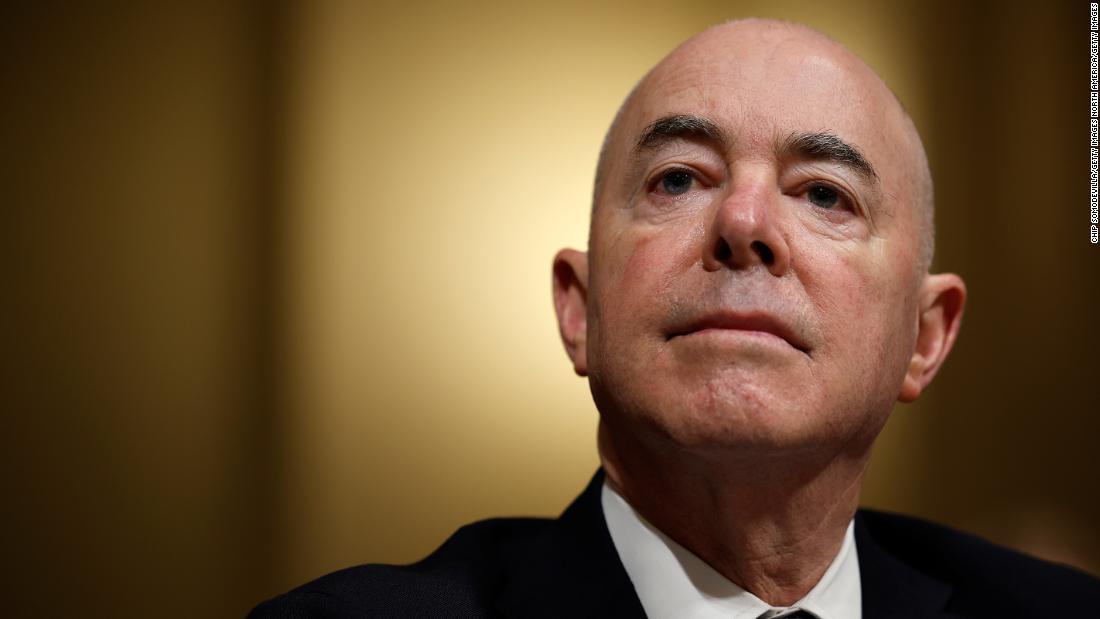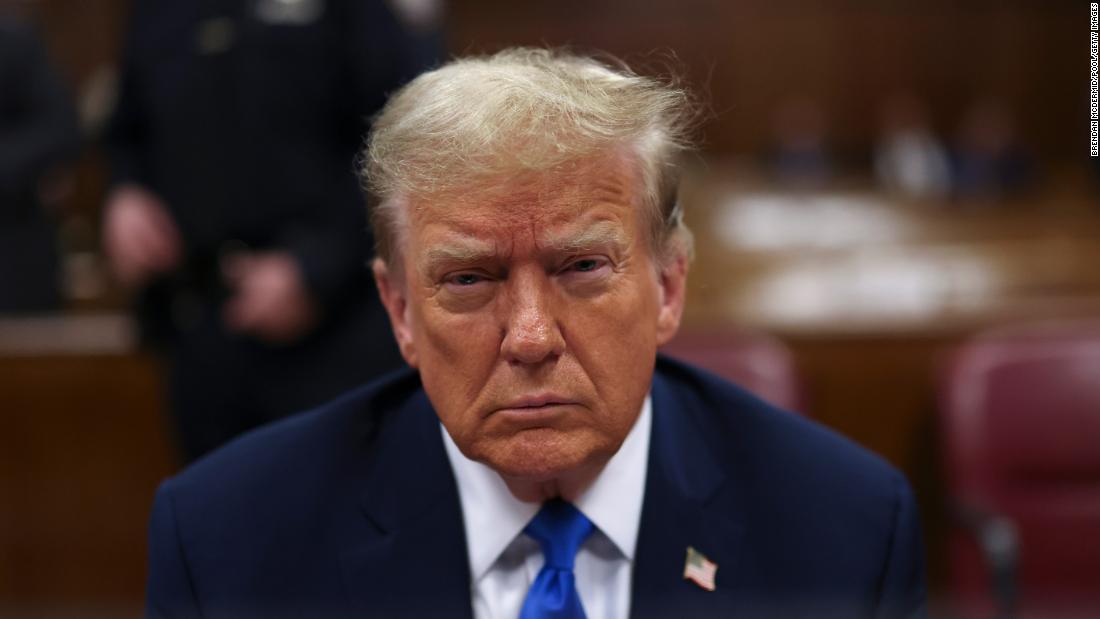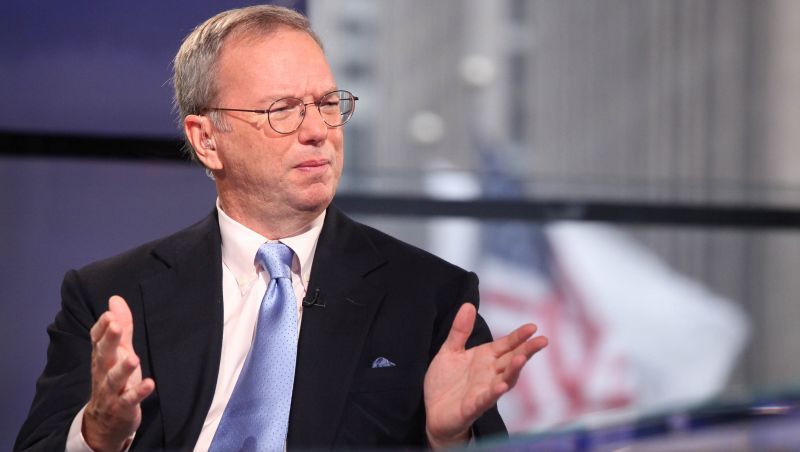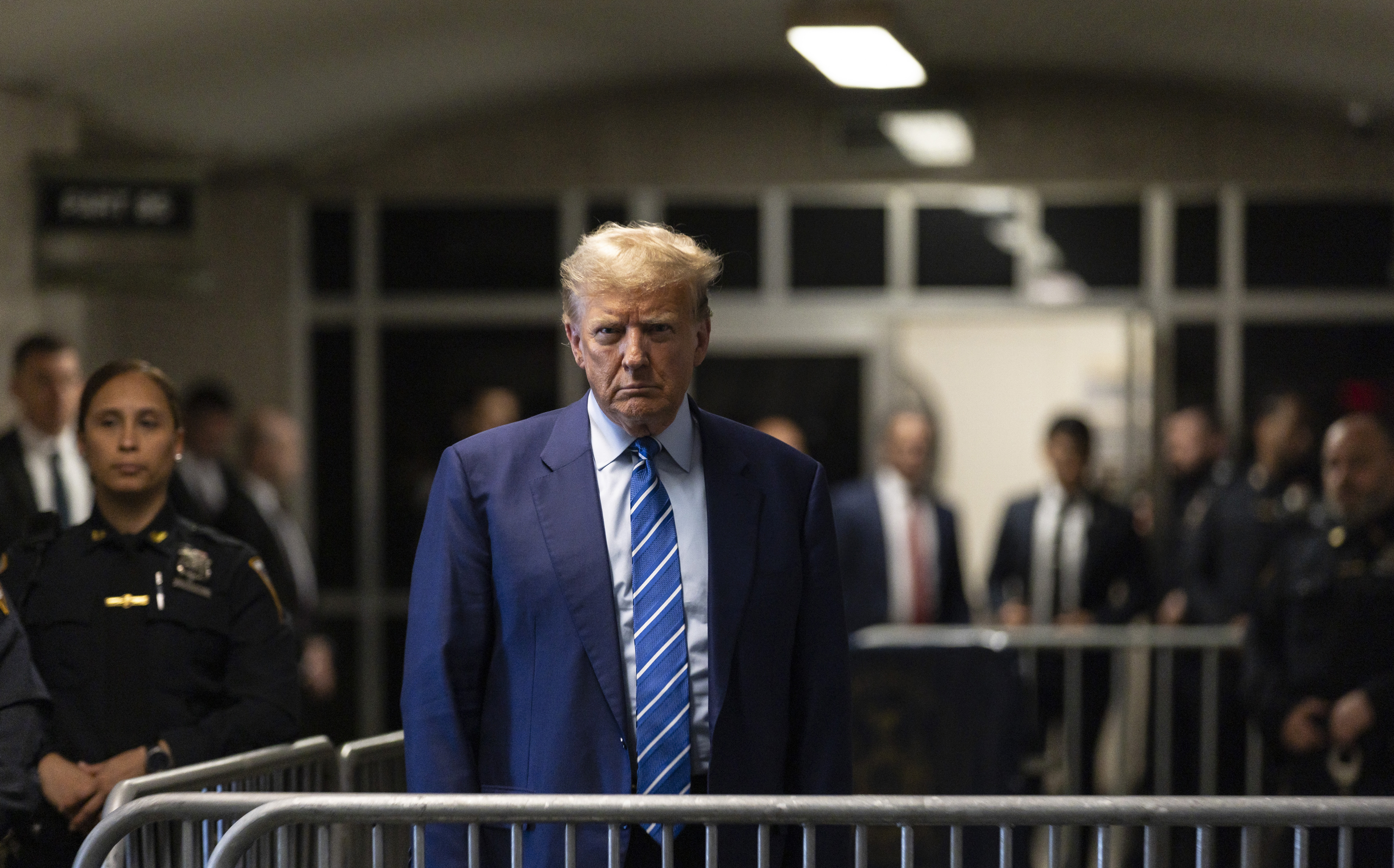CNN
—
Here is a look at the life of US Senator Bernie Sanders, an independent senator from Vermont and former 2020 presidential candidate.
Birth date: September 8, 1941
Birth place: Brooklyn, New York
Birth name: Bernard Sanders
Father: Eli Sanders, paint salesman
Mother: Dorothy (Glassberg) Sanders
Marriages: Jane (O’Meara) Sanders (1988-present); Deborah (Shiling) Messing (married and divorced in the 1960s)
Children: With Susan Mott: Levi; stepchildren with Jane (O’Meara) Sanders: Heather, Carina, David
Education: Attended Brooklyn College, 1959-1960; University of Chicago, B.A. in political science, 1964
Religion: Jewish, though he has told the Washington Post he is “not actively involved with organized religion”
Although independent in the US Senate, Sanders has run as a Democrat in his two bids for the presidential nomination, in 2016 and 2020.
His father’s family died in the Holocaust.
During the 1960s, he spent half a year on a kibbutz in Israel.
Was a member of the Young People’s Socialist League while at the University of Chicago.
The longest serving independent member of Congress in American history.
Sanders applied for conscientious objector status during the Vietnam War.
Nominated for a Grammy Award but did not win.
August 28, 1963 – Attends the March on Washington for Jobs and Freedom.
1972, 1976, 1986 – Unsuccessful bids for governor of Vermont.
1972, 1974 – Unsuccessful bids for the US Senate.
1981 – Wins the race for mayor of Burlington, Vermont, by 10 votes, running as an independent.
1981-1989 – Mayor of Burlington for four terms.
1988 – Unsuccessful bid for the US House of Representatives.
1990 – Wins a seat on the US House of Representatives by about 16% of the vote.
1991-2007 – Serves eight terms in the US House of Representatives.
1991 – Co-founds the Congressional Progressive Caucus.
2006 – Wins a seat on the US Senate with 65% of the vote.
January 4, 2007-present – Serves in the US Senate.
December 10, 2010 – Holds a filibuster for more than eight hours against the reinstatement of tax cuts formulated during the administration of President George W. Bush. The speech is published in book form in 2011 as “The Speech: A Historic Filibuster on Corporate Greed and the Decline of Our Middle Class.”
2012 – Wins reelection for a second term in the US Senate. Receives 71% of the vote.
2013-2015 – Serves as chairman of the Senate Committee on Veterans’ Affairs.
April 30, 2015 – Announces his run for the Democratic presidential nomination in an email to supporters and media.
May 1, 2015 – Sanders’ campaign raises more than $1.5 million in its first 24 hours.
January 17, 2016 – Sanders unveils his $1.38 trillion per year “Medicare-for-All” health care plan.
February 9, 2016 – Sanders wins the New Hampshire primary, claiming victory with 60% of the vote. He’s the first Jewish politician to win a presidential nominating contest.
July 12, 2016 – Endorses Hillary Clinton for president.
August 21, 2017 – Sanders pens a commentary article in Fortune magazine outlining his health care proposal “Medicare-for-all.”
November 28, 2017 – Is nominated, along with actor Mark Ruffalo, for a Grammy in the Spoken Word category for “Our Revolution: A Future to Believe In.”
February 26, 2018 – Sanders’ son, Levi Sanders, announces he is running for Congress in New Hampshire. He later loses his bid in the Democratic primary.
November 6, 2018 – Wins reelection to the US Senate for a third term with more than 67% of the vote.
January 2, 2019 – The New York Times reports that several women who worked on Sanders’ 2016 presidential campaign had come forward alleging they had experienced sexual harassment, pay disparities and targeted disrespect by campaign members. Sanders immediately responds to the allegations, claiming that he was not aware of any of the claims and apologizes to “any woman who feels like she was not treated appropriately.”
February 19, 2019 – Announces that he is running for president during an interview with Vermont Public Radio.
February 20, 2019 – According to his campaign, Sanders raises nearly $6 million in the first 24 hours following the launch of his 2020 presidential bid.
March 15, 2019 – Sanders’ presidential campaign staff unionizes, making it the first major party presidential campaign to employ a formally organized workforce.
August 22, 2019 – Sanders unveils his $16.3 trillion Green New Deal plan.
October 1, 2019 – After experiencing chest discomfort at a campaign rally, Sanders undergoes treatment to address blockage in an artery. He has two stents successfully inserted.
October 4, 2019 – The Sanders campaign releases a statement that he has been discharged from the hospital after being treated for a heart attack. “After two and a half days in the hospital, I feel great, and after taking a short time off, I look forward to getting back to work,” Sanders says in the statement.
February 3, 2020 – The Iowa Democratic caucuses take place, but the process descends into chaos due to poor planning by the state party, a faulty app that was supposed to calculate results and an overwhelmed call center. That uncertainty leads to delayed results and a drawn-out process with both Sanders’ and former South Bend, Indiana, Mayor Pete Buttigieg’s campaigns raising concerns.
February 27, 2020 – Sanders’ presidential campaign challenges the results of the Iowa caucuses partial recount just hours after the state’s Democratic Party releases its results. In a complaint sent to the Iowa Democratic Party and Democratic National Committee, the Sanders campaign claims the state party violated its own rules by allowing the Buttigieg campaign to partake in the process because they didn’t meet the proper requirements.
February 29, 2020 – The Iowa Democratic Party certifies the results from the state’s caucuses, with Sanders coming in second behind Buttigieg and picking up 12 pledged delegates to Buttigieg’s 14. The certification by the party’s State Central Committee includes a 26-14, vote, saying the party violated its rules by complying with the Buttigieg campaign’s partial recanvass and recount requests.
April 8, 2020 – Announces he is suspending his presidential campaign.
April 13, 2020 – Endorses former Vice President Joe Biden for president.
January 28, 2021 – Sanders raises $1.8 million for charity through the sale of merchandise inspired by the viral photo of him and his mittens on Inauguration Day.
June 20, 2023 – Launches a Senate investigation into working and safety conditions at Amazon warehouses.
April 7, 2024 – Authorities arrest a man in connection with an alleged arson at Sanders’ office in Vermont on April 5, according to the Justice Department. Multiple employees were in the senator’s office at the time of the fire, and it’s unknown how many other people were in the building. There were no injuries reported, the Justice Department said.













